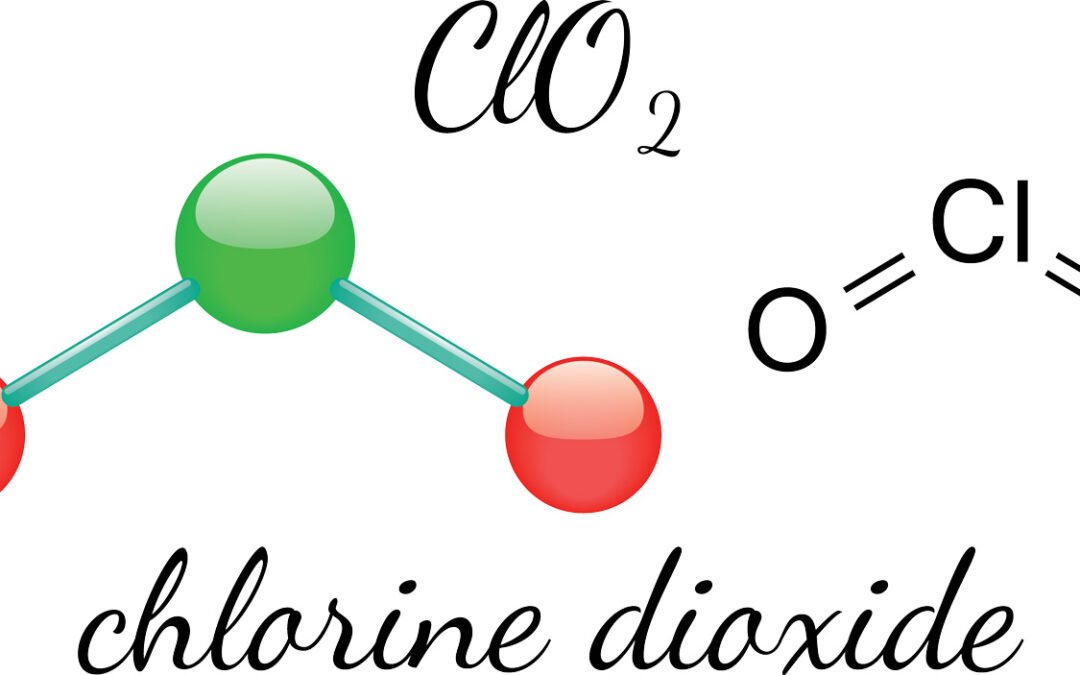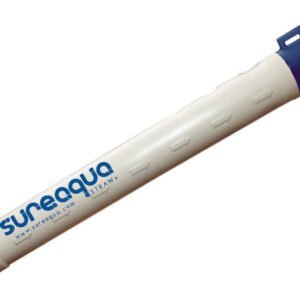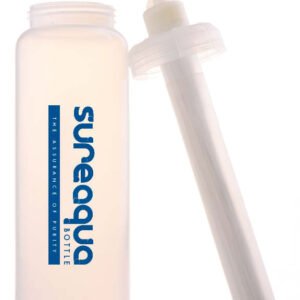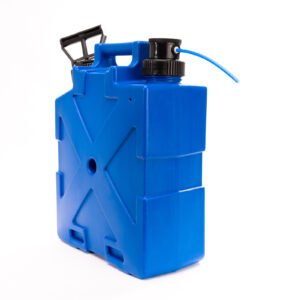
Chlorine Dioxide in Water Treatment
Chlorine Dioxide in Water Treatment
Chlorine dioxide is a powerful oxidizing agent. Although it is usually used for bleaching, it’s also sometimes used for water treatment.
In scientific terms, chlorine dioxide is a chemical compound: CIO2. Although chlorine dioxide is a compound and chlorine is a naturally occurring element, chloride is often less harmful chlorine than when used appropriately. More and more, chemical water treatment technology tends to favor using chlorine dioxide over chlorine and iodine.
Powerful Disinfectant, Potential Health Risk

When reacting with organic matter present in water, chlorine can create chloroform, which some argue is a carcinogen. Chlorine dioxide, however, cannot form chloroform and is known to be less irritating to the human body. When added to water, CIO2 doesn’t combine with organic matter at all, and so it doesn’t produce chlorinated hydrocarbons.
Without getting too complicated, the oxidizing agent in chlorine dioxide separates electrons from reactive molecules, effectively neutralizing bad tastes and odors when used for water treatment. As a strong bleaching agent, CIO2 works quickly to kill microorganisms, different bacteria, viruses, funguses, and spores.
There are many uses for chlorine dioxide. The primary use for chlorine dioxide is as a bleach in pulp and paper factories. However, it’s also used in ammonia plants, oil fields, the textile industry, and the electronic industry and is often applied to medical waste. Scarier still, CIO2 is beginning to be used in the food industry to disinfect fruit, vegetable, and poultry and food processing equipment.
Global deforestation contributes 11 % to global greenhouse emmissions
So, how do chlorine and chlorine dioxide compare? When used at temperatures above 11°C, carbon dioxide is approximately ten times more soluble than chlorine. It is safer for the human body as it doesn’t form THMs. When used for water treatment, chlorine dioxide is also more effective at removing cryptosporidium and giardia, the two most common parasites in water that cause diarrhea.
Unfortunately, the results aren’t all good. According to the Australian government’s Department of Sustainability, Environment, Water, Population, and Communities, over-exposure to chlorine dioxide may irritate the nose and throat, coughing, chest pain, and eye sensitivity, especially around the light. Over-exposure to chlorine dioxide as gas can cause severe irritation to the lungs. According to the Australian government, too high exposure to CIO2 can cause pulmonary edema, a severe, life-threatening illness caused by fluid in the lungs.
After long-term, concentrated exposure to chlorine dioxide, one can develop acute bronchitis, shortness of breath, and permanent lung damage.
The maximum amount of chlorine dioxide in water should be 1mg to every 1L of water.
Although CIO2 is safe in small doses, why would you take the risk when there are so many other water treatment forms available? If in doubt, it is always safer to opt for water treatment that doesn’t rely on chemicals.
The long-term effects of chemical treatments on food and water are yet to be fully discovered. Whether safe or not, it’s always beneficial to opt for the most natural option, especially for something as vital and fundamental as water.

The World Health Organisation has a very informative guideline to help understand the impact and use of Chlorine Dioxide, Chlorite and Chlorate in Drinking-water. It is worth a read.




